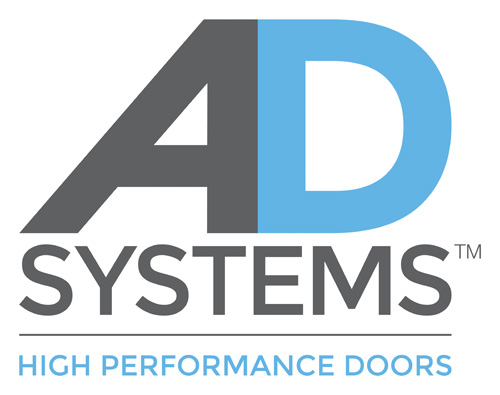Credits: 1 AIA LU/HSW; 1 AIBD P-CE; 0.1 ICC CEU; 0.1 IACET CEU
May qualify for learning hours through most Canadian architectural associations
In a recent survey, architects indicated that in nearly a quarter of healthcare projects design flexibility was a client goal. Design flexibility supports occupants in both the present and future by allowing buildings to adapt to large and small shifts in need. Doors represent an effective means of enhancing a building’s flexibility. However, code requirements and performance capabilities can complicate door specification. At the end of this course, participants will be able to identify how sliding doors support design flexibility, describe code requirements, illustrate how sliding doors can be used to solve multiple design challenges and better understand performance data.
Learning Objectives:
- Describe relevant code requirements & testing standards for door specification.
- Illustrate how commercial sliding doors can be used to support design flexibility.
- Recognize how different types of door hardware and other product features can inform door selection.
- Use case studies to articulate how sliding doors can meet code requirements and design goals.
Sponsored by:




